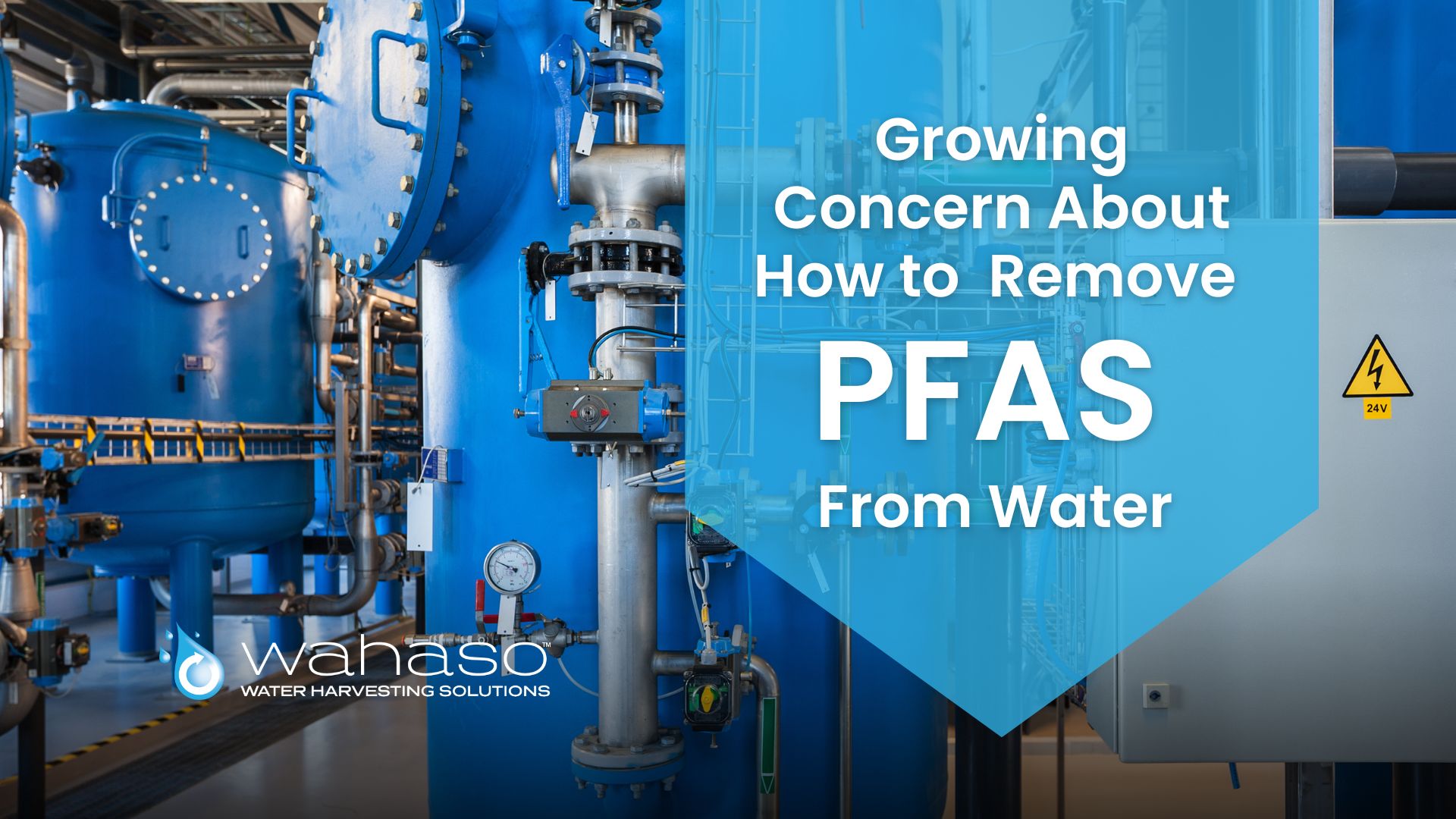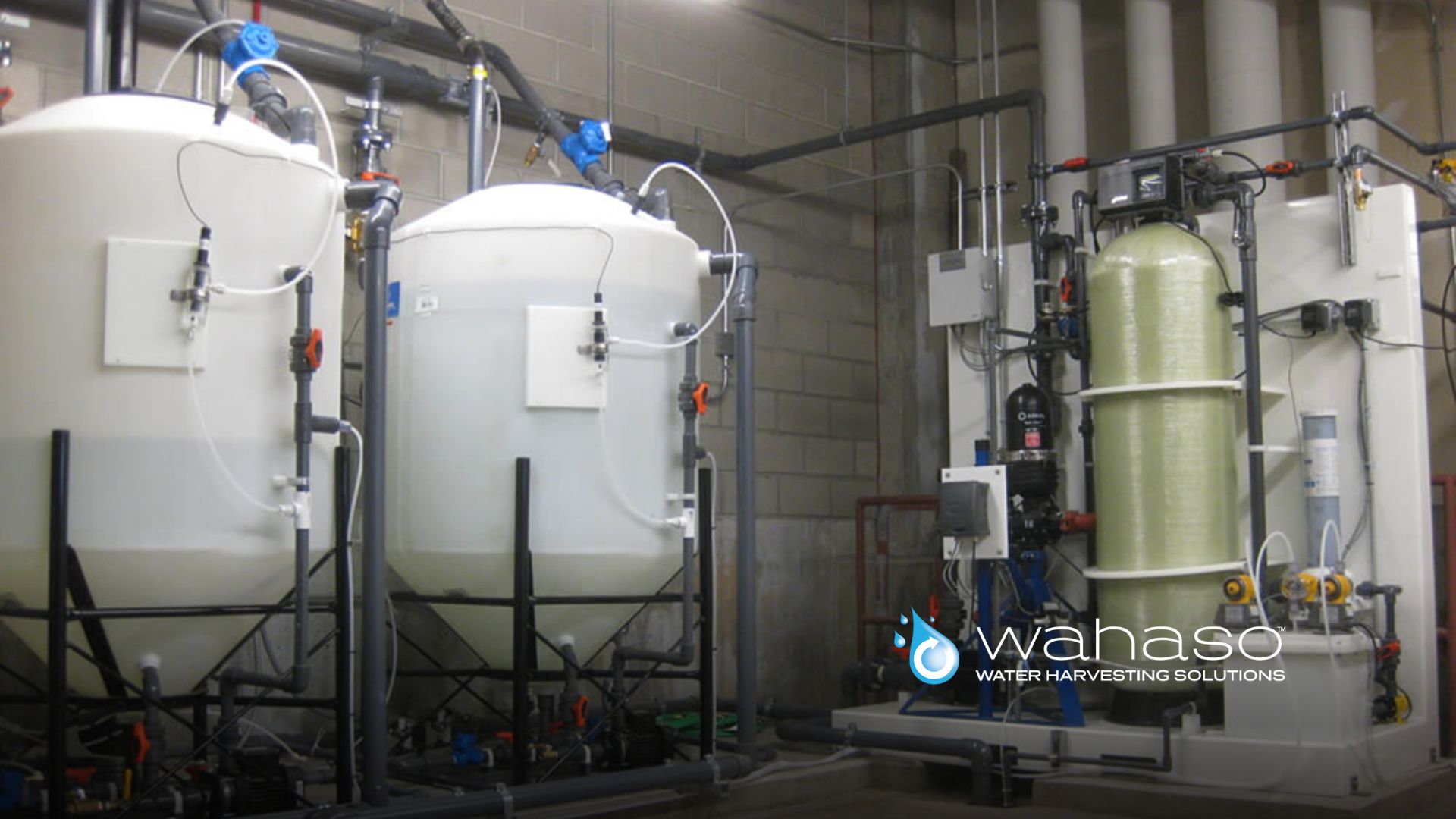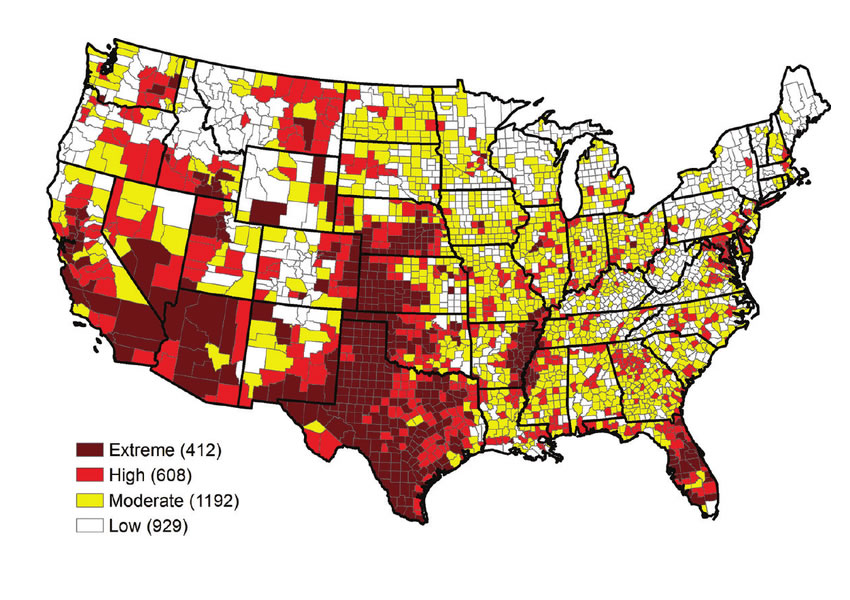Growing Concern About How to Remove PFAS From Water

How to Remove PFAS From Water
Over the course of 20 years of manufacturing water harvesting systems, Wahaso has become a sought-after subject matter expert on advanced water treatment methodologies, and in that mode, we strive to share valuable knowledge on various areas of interest. PFAS contamination is of particular concern these days, and even though Wahaso does not currently pursue related projects, we are happy to offer advice and consultative guidance on the challenge of finding sustainable treatment solutions.
PFAS persistence in soil, water, and living organisms since their development in the 1940s, poses serious health risks
PFAS compounds comprise numerous synthetic chemicals, with Perfluorooctanoic Acid (PFOA) and Perfluorooctane Sulfonate (PFOS) among the most widely produced and studied. Their persistence in soil, water, and living organisms since their development in the 1940s, poses serious health risks, earning them the moniker “forever chemicals”.
The increasing awareness and sense of urgency stems from widespread PFAS contamination, from industrial discharges, manufacturing processes, and firefighting foams, to commonly used products like non-stick cookware and waterproof fabrics. Over decades, PFAS has infiltrated soil, groundwater, surface water, and many parts of the food chain, raising concerns over adverse effects on human health and the environment.
The health implications of PFAS exposure are a growing concern following scientific studies
The health implications of PFAS exposure are a growing concern following scientific studies linked to developmental issues, immune system suppression, liver damage, thyroid disease, and certain types of cancer.
Global regulatory bodies are aggressively seeking ways to regulate and mitigate PFAS contamination risk, including imposing strict limits on the production and use of certain PFAS compounds, as well as setting guidelines for permissible levels in drinking water.

Membrane-based filtration to capture and eliminate PFAS contaminants from water
Remediation methods featuring advanced treatment technologies like granular activated carbon filtration, ion exchange, reverse osmosis, and advanced oxidation processes, are being explored to effectively target PFAS removal from water sources.
These approaches involve physical adsorption, chemical binding, and membrane-based filtration to capture and eliminate PFAS contaminants from water, however, challenges persist in treating large volumes at once in a cost-effective manner, and within a rapid enough timeframe.
Wahaso Water Harvesting Solutions work with Civil Engineers. Please call us at 800-580-5350 or click the link for a free quote. Free Estimate.
Since 2004
Wahaso Mission
Our mission at Wahaso is to help municipalities and commercial property owners reduce the impact of their buildings on the environment through innovative and sustainable water practices.



